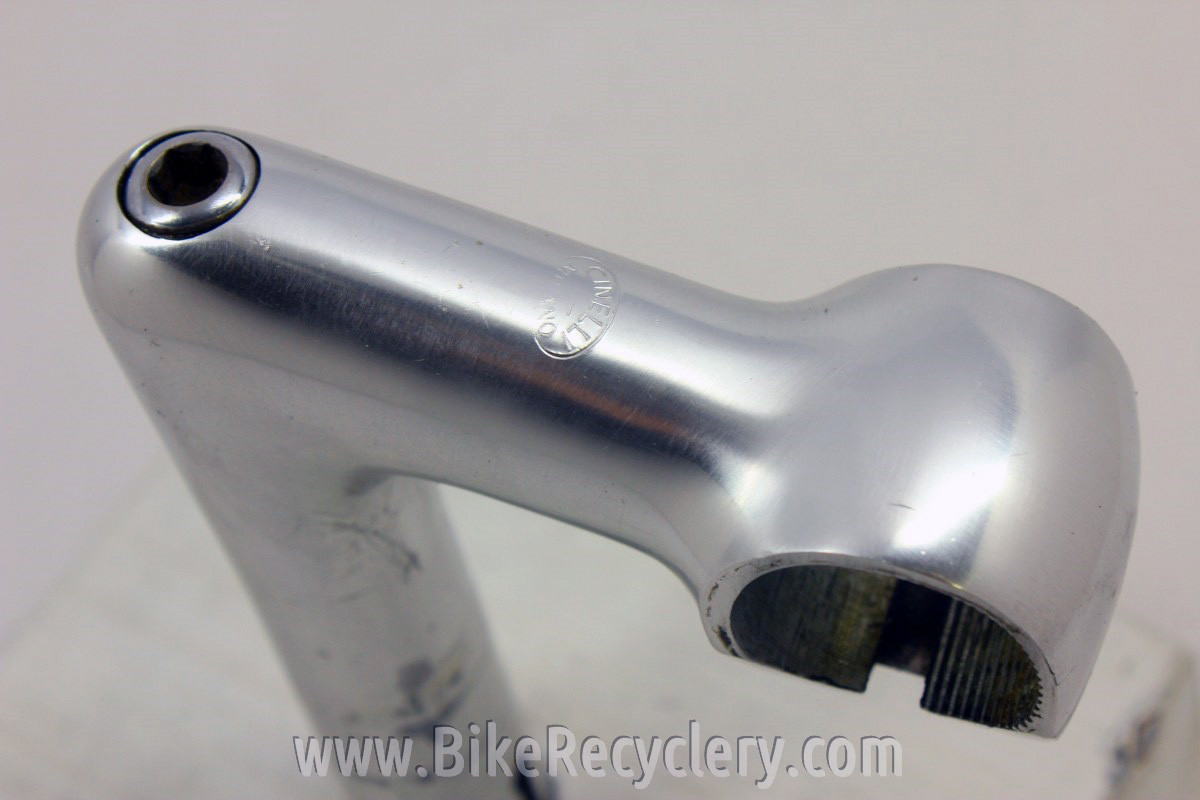When you get to, ahem, a certain age, you become very skeptical when you hear the word “new.” It seems that every genre of bike introduced and every “innovation” coming down the pike has been done decades, or even centuries, earlier.
I am thinking about all of the new and “revolutionary” bike and component designs and materials that appear on the market every year. Carbon fiber frame’s didn’t appear during the ‘90’s any more than the first aluminum frames were made by Alan during the ‘70’s. Likewise, “rapid rise” derailleurs and disc brakes appeared on bikes decades before they attained their current popularity.
It could also be argued that “mountain” or “off-road” bikes are derivatives of earlier machines made to be ridden away from pavement. Oh, and the newest and latest trend—gravel bikes—is really six decades old, at least.
As a teenager in 1953, John Finley Scott drew a design for a “cow trailing” bike that reflected his interest in riding dirt, gravel and railroad grades. At that time, few Americans rode bikes once they got their driver’s licenses. So he looked to England, where there was a culture of “rough stuff” riding.
 |
| John Finley Scott, with his Jim Guard bike as it came from England |
In 1961, he contacted British framebuilder Jim Guard, who brazed together Reynolds 531 manganese-molybdenum steel tubes with Nervex lugs. That was standard for high-quality, high-performance frames of the time. So was the geometry: 72 degree head and seat tube angles on a 22 1/2 inch frame.
Little did Guard or Scott know that configuration would become standard for gravel bikes six decades later.
Of course, the frame was outfitted with components very different from today’s. Disc brakes for bikes were years away. So Guard brazed on bosses for the most powerful brakes of the time: the extra-beefy cantilevers made for tandems. They, like the Specialites TA Pro Vis 5 (Cyclotouriste) cranks and chainrings Scott chose, would grace early mountain bikes two decades later.
The brakes were originally configured for 27 inch wheels, typical on quality touring bikes in the Anglophone world. Later, Scott had the brake bosses moved to accommodate the smaller-diameter 650b wheels, which allowed him to use wider tires.
Scott rode his proto-gravel bike on and off trails. He thought it was the perfect way to explore the wonders of the American West. He continued his adventures until 2006, when he was a 72-year-old retired University of California-Davis professor of sociology. He hired a handyman he befriended to trim the trees around his property. That handyman cut down branches—and Scott’s life.
I would love to imagine a 90-year-old John Finley Scott tearing down a mountain pass with riders young enough to be his great-grandchildren on bikes that they probably don’t even realize he conceived, however unwittingly.
.jpg)
.jpg)
.jpg)
.jpg)

.jpg)


































